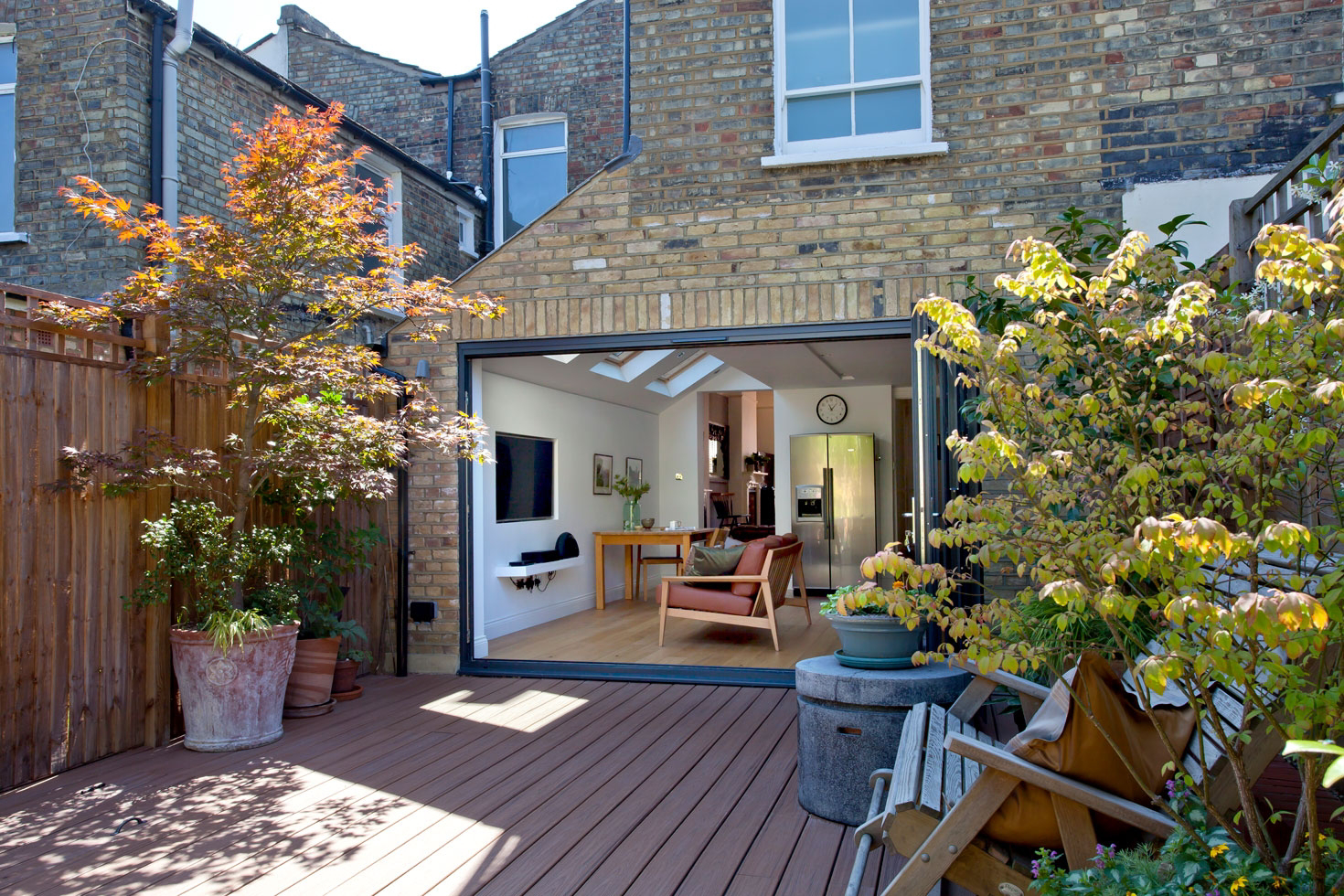In the video from the highly reputed Youtube channel Pensioncraft, Ramin delves into the dynamics of the UK housing market, providing a comprehensive analysis that strips away the inflationary sheen to reveal the real underlying trends in house prices over the decades.
Notably, the video rates change in house prices alongside change in UK wages and inflation to show how the latter drive the former.
Ramin is bang on with his stunning analysis that, "as always" (his catchphrase), challenges popular perceptions.
Summary of Key Points
1. Long-Term House Price Trends
The video begins with historical data from Nationwide (1973-2018), emphasising the close relationship between UK wages and house prices.
Ramin's baseline is a quite nuanced discussion on the real value of houses, ie after adjusting for inflation, highlighting that the growth in house prices has only modestly outpaced wages and inflation.
2. The Real Value of House Prices
Ramin's analysis suggests that the real growth rate of house prices across the UK averages at 1.1% above inflation, with regional variations.
London, for instance, sees a higher real growth rate at 2%, compared to Scotland 0.5% and the North 0.6%. This debunks the myth of universally high returns on simple property investments - you need to add value or buy cheap in order to make a decent return.
3. Current Market Dynamics
4. Adjusting for Inflation
(Ramin elsewhere recommends investing in just one asset: an MSCI developed market index tracker ... it's actually quite a complex calculation comparing a house purchase where you are borrowing a huge wedge of money on which you have to pay interest and investing it in property where you also live, with investing on the stock market where you're setting aside a small monthly sum of your own cash each month).
5. Regional Variations and Future Projections
Ramin makes the case that without significant wage increases or changes in the expensiveness of houses relative to earnings, substantial house price growth is unlikely.
6. Reflection on Housing Affordability
What about housing affordability, particularly for younger generations striving to enter the market?
Likely to remain difficult, a substantial correction in the housing market is unlikely due to persistently high price-to-earnings ratios (9.9 in London, wow!) and also the ever-present problem of limited supply, not to mention (he doesn't, but we know...) a seemingly endlessly rising population.














0 comments:
Post a Comment
Keep it clean, keep it lean